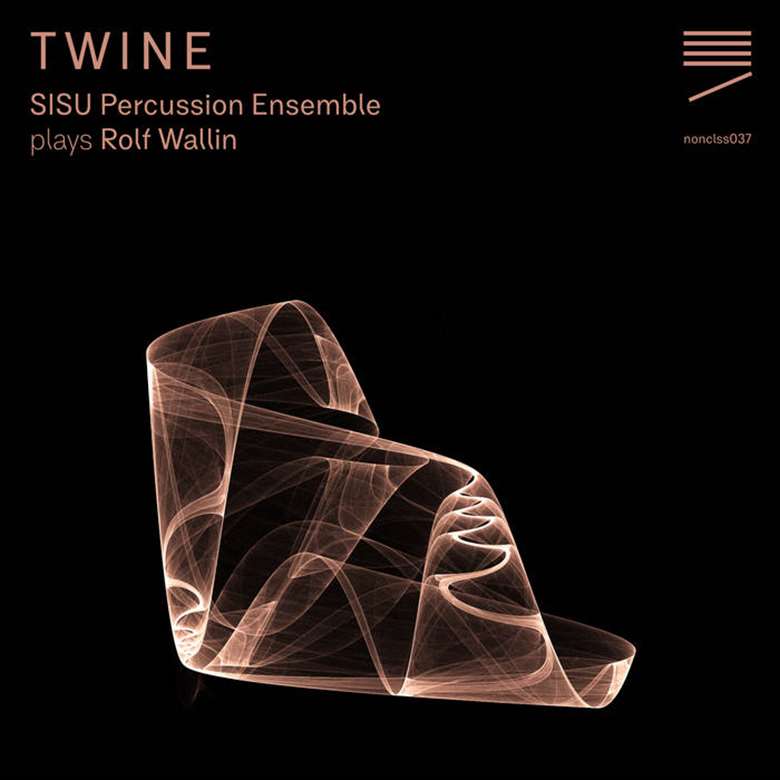Nature, me and music
Rolf Wallin
Tuesday, June 15, 2021
From birdsong to mathematics, how natural forms inspire the music of Rolf Wallin

Register now to continue reading
Thanks for exploring the Gramophone website. Sign up for a free account today to enjoy the following benefits:
- Free access to 3 subscriber-only articles per month
- Unlimited access to our news, podcasts and awards pages
- Free weekly email newsletter








